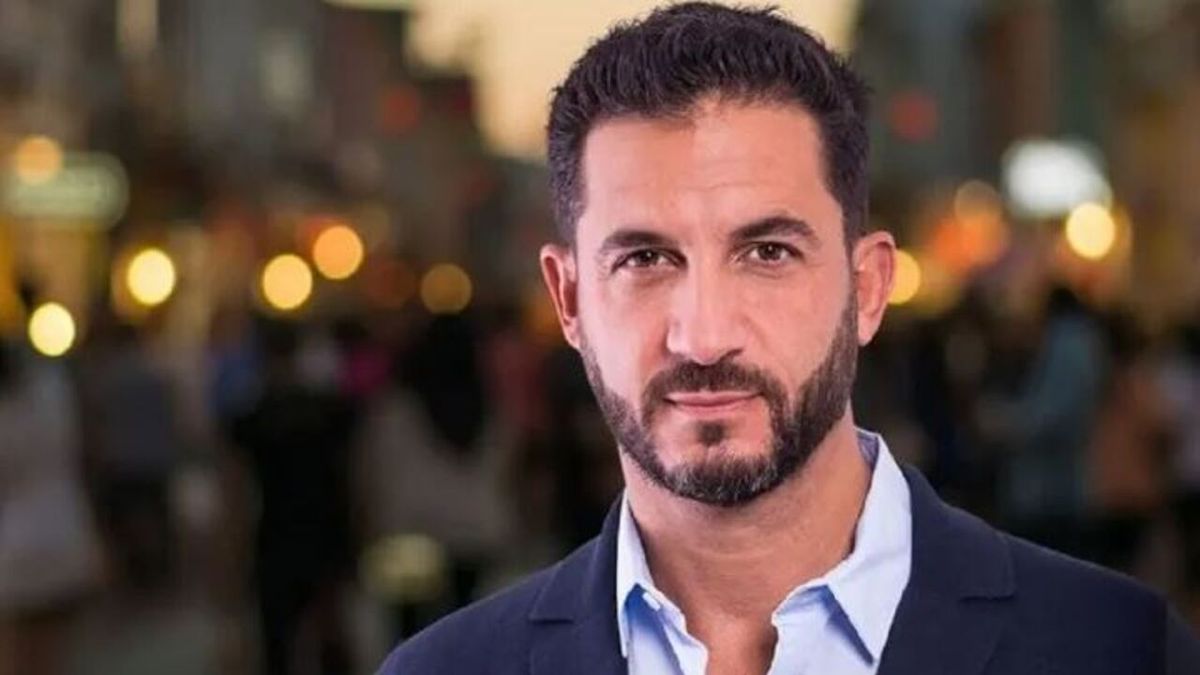On the possible solutions for imports, Tombolini asked them to unify the claims, and not go to the Central Bank “case by case.” On Friday they will have a new meeting, where Cgera will bring you a list of critical cases. The greatest difficulties are in the optics, graphics and leather goods sector, where there were no plant stoppages, but there were cutbacks in shifts and production lines. In July, the first month of the greatest restrictions, the installed capacity fell after 5 months on the rise, as published on Tuesday by INDEC.
The industrialists proposed a series of modifications in the way of accessing the official wholesale dollar, today at $143. “He told us that he sees it as viable,” said one of those present. However, he anticipated that he has to discuss it with the Central Bank and with the Minister of Economy, Sergio Massa. In addition, they must take the “import programs” for the remainder of 2022 and for 2023. In addition, Tombolini admitted that there is a “bottleneck in the Simis B”, and anticipated that in these cases the deadlines to access could be shortened to the MULC, which today are 180 days. They could be lowered to 90 but under two conditions: in the cases that it is for inputs from SMEs (not large companies), and that they do not have local production. The businessmen’s complaint was that there are goods with non-automatic licenses because in the past they were produced in the country, but not currently. The other alternative would be to pass non-automatic licenses to automatic licenses. However, automatic licenses, or Simis A, do not ensure access to the dollar either. For this reason, one of the requests is to resume an agenda that had been closed with Daniel Scioli, but that was cut short when he finished his fleeting term in the Ministry of Productive Development. It implied that SMEs that import less than US$1 million per year have greater freedom of access. A businessman told Tombolini about his case: he bills US$6 million per year, imports US$800,000 and has 5 braked simis, despite having a quota.
There is annoyance between SMEs and the Central Bank. According to a businessman, during his short administration, Scioli sent them to seek financing from a private bank, on the recommendation of the head of the Central Bank, Miguel Pesce. However, the industrialist said that he was approved for a 180-day loan, with a rate of 10% in dollars, but that when they had to wire the dollars, the bank told him that finally there was no more quota. Although he has stopped paying US$100,000 for input imports, the industrialist said that he has the urgency of paying only US$10,000, because the Chinese supplier has already initiated legal action. “I deposited my own dollars in the account and they don’t allow me to turn them out. Now, if I had them in an account abroad, I could send them without any problem. It is an award that was taken outside, “complained the businessman.
industrial bleaching
Marcelo Fernandez, holder of the cgera, presented Tombolini with a kind of “industrial laundering”. From the confederation they call it “externalization of foreign assets” in order to pay for imports of capital goods and essential industrial supplies. They seek the same benefits that construction has today.
In a dialogue with Ámbito, Fernández recounted Tombolini’s reaction: “It seemed good to him, he told us that he was going to talk about it with the Economy and the Central Bank.” Regarding the proposal, the head of Cgera clarified: “We are going to show that it is not ill-gotten money, but our own savings, in an economy that has 40% informality and US$180 billion in the mattress.” However, Fernández was not optimistic: “As much as more dollars enter in credits and liquidations, the Government wants to rebuild reserves.”
Source: Ambito
David William is a talented author who has made a name for himself in the world of writing. He is a professional author who writes on a wide range of topics, from general interest to opinion news. David is currently working as a writer at 24 hours worlds where he brings his unique perspective and in-depth research to his articles, making them both informative and engaging.



